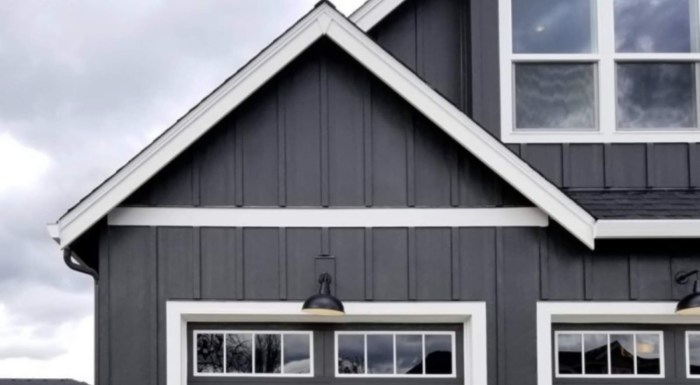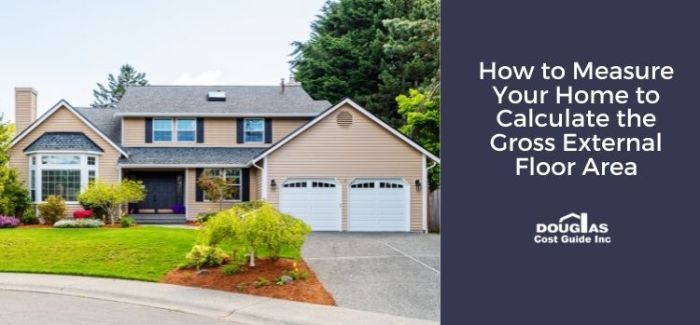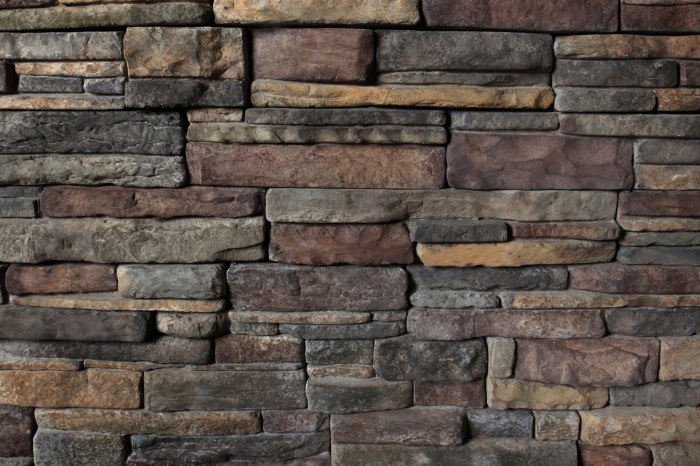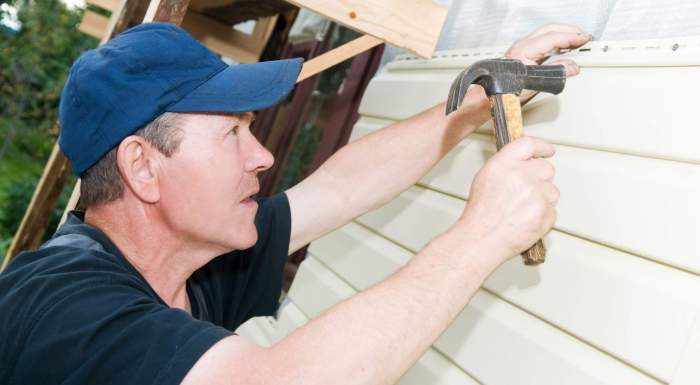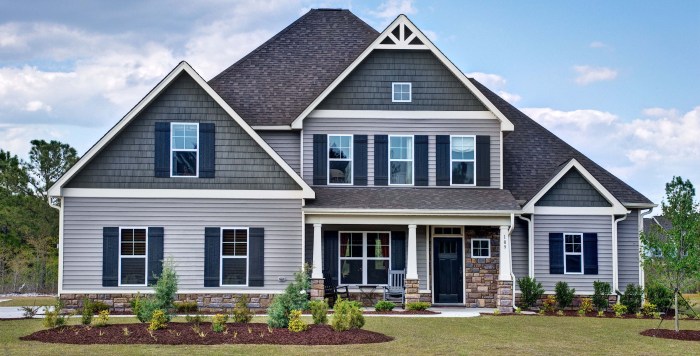Olive Green Siding Colors: A Comprehensive Guide
Shades of Olive Green Siding
Olive green siding colors – Olive green siding offers a versatile and timeless appeal, blending seamlessly with various architectural styles and landscaping. The beauty of olive green lies in its nuanced range of shades, each possessing unique undertones that significantly impact the overall aesthetic of a home.
Selecting the perfect shade requires careful consideration of these subtle variations.
The spectrum of olive green extends from light, almost sage-like hues to deep, rich tones bordering on forest green. These variations are largely determined by the underlying pigments and the balance of green, brown, gray, and yellow undertones.
Olive Green Siding Shade Examples
The following table provides examples of different olive green siding shades, illustrating the diverse possibilities available to homeowners. Note that the visual perception of color can vary depending on lighting conditions and individual monitor settings.
| Shade Name | Hex Code | Description | Associated Home Style |
|---|---|---|---|
| Sage Green | #A7C4A7 | A light, muted olive green with gray and yellow undertones. Evokes a sense of calm and tranquility. | Farmhouse, Craftsman |
| Olive Drab | #666633 | A mid-tone olive green with strong brown and gray undertones. Offers a classic, understated elegance. | Colonial, Ranch |
| Forest Olive | #3A5A40 | A deep, rich olive green with prominent brown undertones. Creates a sophisticated and grounded appearance. | Victorian, Tudor |
| Celadon | #B2BEB5 | A pale, grayish-green with subtle yellow undertones. Offers a soft, delicate aesthetic. | Mediterranean, Coastal |
Undertones in Olive Green Shades
The undertones present in olive green siding significantly influence its overall appearance and how it interacts with the surrounding environment. Understanding these undertones is crucial for making an informed decision.
- Gray Undertones:Gray undertones create a more subdued and muted olive green, often lending a sophisticated and calming effect. They can help the color blend seamlessly with various architectural styles and landscaping.
- Yellow Undertones:Yellow undertones add warmth and brightness to the olive green, creating a more cheerful and inviting atmosphere. They can make the siding appear slightly lighter and less intense.
- Brown Undertones:Brown undertones deepen the olive green, creating a richer, more grounded appearance. They can lend a sense of sophistication and permanence to the home’s exterior.
Effect of Undertones on Overall Appearance, Olive green siding colors
The interplay of these undertones significantly affects the perceived color and mood of the siding. For instance, olive green with strong gray undertones will appear more neutral and calming, suitable for homes in a modern or minimalist style. In contrast, olive green with pronounced yellow undertones might create a warmer, more traditional feel, complementing farmhouse or craftsman styles.
Olive green with significant brown undertones can create a more dramatic and sophisticated look, often appropriate for Victorian or Tudor architecture.
Olive Green Siding and Architectural Styles
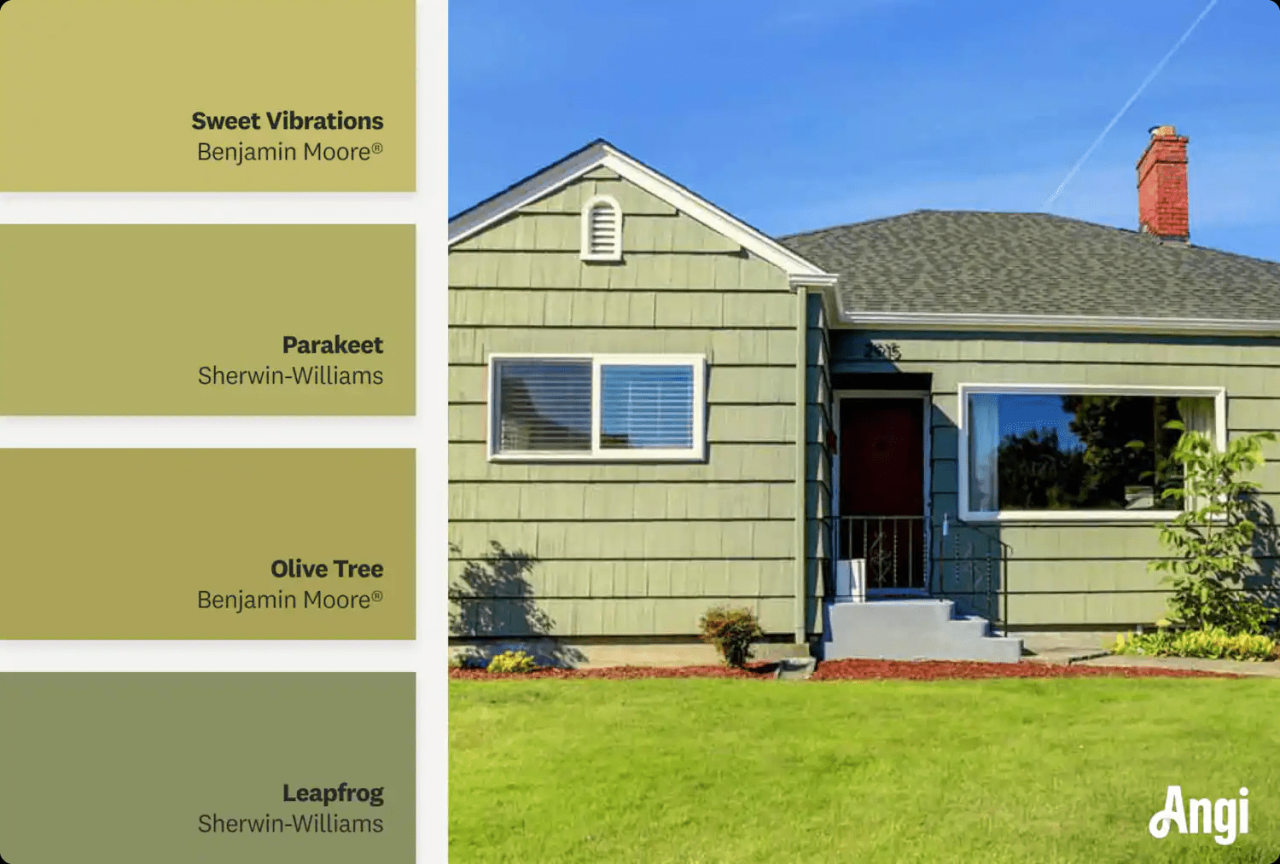
Olive green siding offers a versatile and timeless aesthetic, complementing a wide range of architectural styles. Its natural earth tones can create a sense of calm and sophistication, while also providing a striking contrast depending on the chosen shade and accompanying elements.
The suitability of olive green, however, depends greatly on the specific shade selected and how it interacts with the overall design of the home.Olive green’s adaptability stems from its ability to evoke both modern and traditional feelings, making it a popular choice for homeowners seeking a balance between classic charm and contemporary appeal.
The richness of the color allows for various interpretations, from subtle and muted tones to bolder, more vibrant hues.
Olive Green Siding and Architectural Style Suitability
The following table illustrates the compatibility of different olive green shades with various architectural styles. The shade selection considers the overall aesthetic and the typical features associated with each style. Note that these are suggestions, and individual preferences may vary.
| Architectural Style | Suitable Olive Green Shade | Rationale |
|---|---|---|
| Victorian | Deep, muted olive green with hints of gray | Complements the intricate details and dark trim common in Victorian homes. |
| Craftsman | Medium olive green with warm undertones | Harmonizes with the natural materials and earthy tones typically found in Craftsman architecture. |
| Ranch | Light to medium olive green | Creates a relaxed and inviting atmosphere, suitable for the simple lines of Ranch-style homes. |
| Farmhouse | Sage green or a slightly grayed olive green | Emphasizes the rustic charm and natural aesthetic often associated with Farmhouse design. |
Impact of Olive Green Siding on Home Size and Shape
The impact of olive green siding varies depending on the size and shape of the house. On smaller homes, lighter shades of olive green can prevent the home from appearing dwarfed or overshadowed, while darker shades might create a more dramatic and imposing presence on larger homes.
Similarly, the shape of the house influences the perceived effect. Olive green can accentuate the vertical lines of a tall, narrow house, while softening the horizontal lines of a wide, low-slung home. The interplay of light and shadow on the siding will also be influenced by the house’s orientation and the surrounding landscape.
Examples of Olive Green House Facades
Below are three examples of house facades utilizing different shades of olive green siding, along with accompanying trim and roof colors.
Example 1: Craftsman Bungalow
This Craftsman-style bungalow features medium olive green siding with warm, earthy undertones. The trim is a deep brown, complementing the siding’s warmth. The roof is a dark brown, providing a grounding element and enhancing the overall rustic feel.
Wide, overhanging eaves add to the charming, traditional aesthetic.
Example 2: Modern Farmhouse
This modern farmhouse utilizes a light sage green siding, creating a fresh and airy atmosphere. White trim provides a crisp contrast, emphasizing the clean lines of the architecture. A charcoal gray roof adds a sophisticated touch, balancing the lightness of the siding and trim.
Large windows allow ample natural light to enhance the airy feeling.
Example 3: Victorian-Style Home
This Victorian-style home uses a deep, muted olive green with gray undertones. The trim is a dark charcoal gray, highlighting the intricate details of the home’s architectural features. A dark slate gray roof provides a dramatic contrast and emphasizes the home’s stately presence.
Ornate detailing and varied window shapes contribute to the classic Victorian aesthetic.
Olive Green Siding and Exterior Elements: Olive Green Siding Colors
Choosing the right exterior elements to complement olive green siding is crucial for creating a cohesive and visually appealing home exterior. The right combination of colors, materials, and landscaping can elevate your home’s curb appeal and create a welcoming atmosphere.
This section explores complementary color palettes, harmonious landscaping options, and material combinations that work beautifully with olive green siding.
Complementary Colors for Trim, Doors, and Windows
The color of your trim, doors, and windows significantly impacts the overall look of your home. Selecting complementary colors that contrast or harmonize with the olive green siding is key to achieving a balanced aesthetic. Careful consideration of these elements can enhance the visual interest and sophistication of your home’s exterior.
- Creamy Whites and Off-Whites:These classic neutrals provide a crisp contrast against the olive green, creating a clean and timeless look. Variations like ivory, eggshell, or linen offer subtle differences in tone.
- Warm Neutrals:Soft beige, taupe, or greige shades create a more muted and sophisticated contrast. These colors work particularly well in creating a relaxed and inviting atmosphere.
- Deep Browns and Black:For a bolder statement, deep brown or black trim, doors, and windows provide a striking contrast to the olive green, creating a sophisticated and dramatic effect. This combination works well for homes with strong architectural features.
- Muted Reds and Terracottas:For a warmer, more rustic feel, muted shades of red or terracotta can complement the olive green, particularly in homes with a Mediterranean or Spanish-style design. These colors add a touch of warmth and vibrancy.
Harmonious Landscaping Elements
Landscaping plays a vital role in enhancing the overall aesthetic of a home with olive green siding. Careful selection of plants, stones, and pathways can create a visually pleasing and cohesive exterior. The goal is to select elements that either contrast or complement the olive green in a way that enhances the home’s character.The use of various textures and shades of green in landscaping can beautifully complement olive green siding.
Consider incorporating plants with varying shades of green, from light to dark, to create depth and visual interest. For example, the soft, feathery texture of ferns contrasts beautifully with the solid tone of the siding. Adding flowering plants in complementary colors such as soft yellows, creamy whites, or deep purples can also add visual interest and vibrancy.
Consider incorporating stone pathways or retaining walls in shades of gray or brown, providing a natural and earthy contrast to the olive green.
Material Combinations with Olive Green Siding
Combining different materials with olive green siding can create unique and visually appealing exteriors. The choice of materials should complement the overall architectural style of the home and create a balanced and harmonious look.
- Stone and Olive Green Siding:The combination of natural stone (such as granite, limestone, or flagstone) with olive green siding creates a rustic and elegant look. The texture and color variations of the stone provide a beautiful contrast to the smooth surface of the siding.
- Brick and Olive Green Siding:Brick provides a warm and inviting contrast to olive green siding. The earthy tones of the brick complement the natural feel of the olive green, creating a cohesive and timeless look. Consider using a lighter brick for a more modern feel or a darker brick for a more traditional look.
- Wood and Olive Green Siding:Wood accents, such as a wood front door or window frames, add warmth and texture to the exterior. The natural tones of the wood create a beautiful contrast to the olive green siding, particularly if the wood is a slightly lighter shade or features a contrasting grain.
Practical Considerations for Olive Green Siding
Choosing olive green siding offers a unique aesthetic appeal, but careful consideration of practical aspects is crucial for long-term satisfaction. This section will explore the durability, maintenance, cost, lifespan, and environmental impact of various olive green siding materials to help you make an informed decision.
Durability and Maintenance of Olive Green Siding Materials
The durability and maintenance requirements of siding vary significantly depending on the material. Wood siding, while aesthetically pleasing, requires regular maintenance including painting or staining every few years to protect it from rot, insect infestation, and weathering. The olive green paint or stain will need to be reapplied periodically to maintain the color’s vibrancy.
Fiber cement siding, on the other hand, offers excellent durability and resistance to rot, insects, and fire. While it may require occasional cleaning, it generally needs less frequent maintenance than wood. Vinyl siding is known for its low maintenance; it’s resistant to rot, insects, and moisture, and typically only requires occasional cleaning with soap and water to maintain its appearance.
However, vinyl can be susceptible to damage from impact and extreme temperatures, potentially leading to cracking or warping.
Cost and Lifespan of Olive Green Siding Options
The initial cost and lifespan of siding materials significantly impact the overall cost of homeownership. A direct comparison is difficult due to fluctuating material prices and regional variations in labor costs. However, a general comparison can be made.
| Siding Material | Initial Cost (Approximate Range) | Lifespan (Years) |
|---|---|---|
| Wood | $7-$15 per square foot | 20-50 (with proper maintenance) |
| Vinyl | $3-$10 per square foot | 20-40 |
| Fiber Cement | $8-$18 per square foot | 50-80 |
*Note: These cost ranges are estimates and can vary based on factors such as material quality, labor costs, and regional differences.* The lifespan is also contingent upon proper installation and maintenance.
Environmental Impact of Olive Green Siding Materials
The environmental impact of siding materials should be considered alongside aesthetic and practical factors. Wood siding, sourced from sustainably managed forests, can be a relatively environmentally friendly option, especially when compared to materials with high embodied carbon. However, the environmental impact of wood siding depends heavily on the sourcing and manufacturing processes.
Vinyl siding, derived from petroleum, has a higher carbon footprint during manufacturing and disposal. While it requires less maintenance, its longevity and end-of-life management are key considerations. Fiber cement siding, composed of cement, sand, and cellulose fibers, generally has a lower environmental impact than vinyl, but its manufacturing process still consumes energy and resources.
The overall environmental impact of each material depends on several factors including the manufacturing process, transportation, and eventual disposal or recycling options. Choosing a siding material with a long lifespan reduces the overall environmental impact by decreasing the frequency of replacement.
Visual Impact and Mood
Olive green siding offers a unique visual impact, capable of conveying a wide range of moods and aesthetics depending on the specific shade chosen and its interaction with the surrounding environment. From calming and serene to sophisticated and rustic, the versatility of olive green allows for a diverse expression of personal style in home design.The subtle variations within the olive green family significantly influence the overall feeling a home projects.
Lighter shades, bordering on sage or celadon, often create a feeling of airy spaciousness and tranquility. These hues evoke a sense of calm and natural harmony, blending seamlessly with lush gardens or open landscapes. In contrast, deeper, more saturated olive greens can project a sense of sophistication and richness, lending a feeling of understated elegance and timeless appeal.
These darker shades work well in more formal architectural styles or when paired with complementary materials like stone or dark wood accents. A rustic, earthy feel can be achieved with olive greens that lean towards khaki or muted army green, particularly effective in homes designed to complement natural surroundings or evoke a sense of historical charm.
Light and Shadow’s Influence on Olive Green Siding
The interplay of light and shadow dramatically alters the perception of olive green siding throughout the day. Morning sunlight can highlight the subtle variations in tone and texture, revealing the depth and complexity of the color. As the sun moves across the sky, the shifting angles of light create dynamic patterns of light and shadow on the siding, adding visual interest and depth to the home’s facade.
During the afternoon, the warmer light can bring out the yellowish undertones in some olive green shades, creating a more golden and inviting appearance. In the evening, the softer light softens the overall effect, creating a muted and calming ambiance.
The way light interacts with the texture of the siding, whether smooth or rough, also plays a crucial role in determining the final visual effect. A rough-textured siding will cast more pronounced shadows, adding to the rustic character, while smooth siding will reflect light more evenly, resulting in a more polished and modern look.
Olive Green Siding and Natural Light: A Visual Narrative
Imagine a home clad in a medium-toned olive green siding, nestled amongst mature trees. As the sun rises, the eastern facade is bathed in a soft, golden light, highlighting the subtle variations in the olive green hue. The shadows cast by the trees create dappled patterns on the siding, adding a sense of depth and mystery.
As the day progresses, the sun’s position changes, and the western facade becomes illuminated, showcasing the richer tones of the olive green. The interplay of light and shadow across the home’s surface creates a dynamic and ever-changing visual experience.
In the evening, as the sun sets, the olive green siding takes on a calmer, more subdued appearance, blending harmoniously with the surrounding landscape. The warm glow of interior lighting peeking through windows adds another layer of visual interest, contrasting beautifully with the muted tones of the siding.
This creates a cozy and inviting atmosphere, showcasing the versatile nature of olive green as it adapts to the changing light throughout the day.
Ending Remarks
Choosing olive green siding presents a wonderful opportunity to imbue your home with character and style. By carefully considering the shade, undertones, complementary colors, and material choices, you can achieve a stunning exterior that reflects your personal taste and enhances your home’s value.
Remember to factor in the long-term maintenance requirements and environmental impact of your chosen siding material to make an informed and sustainable decision. With the right approach, your olive green siding will stand as a testament to timeless elegance for years to come.
